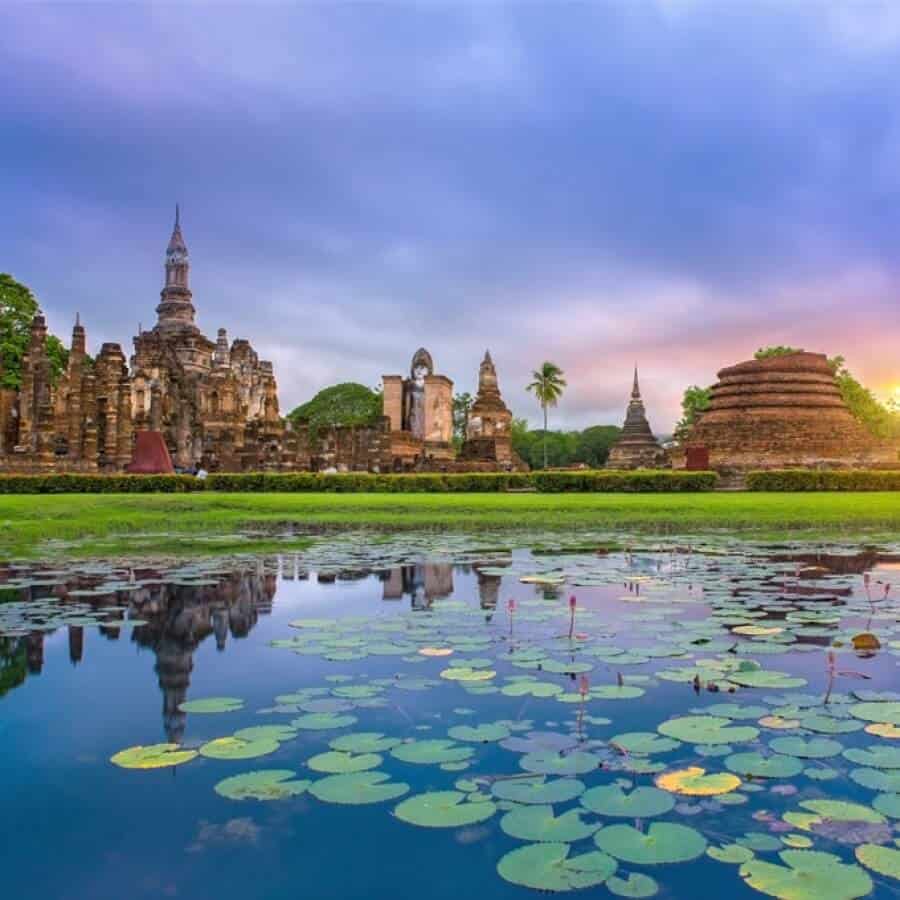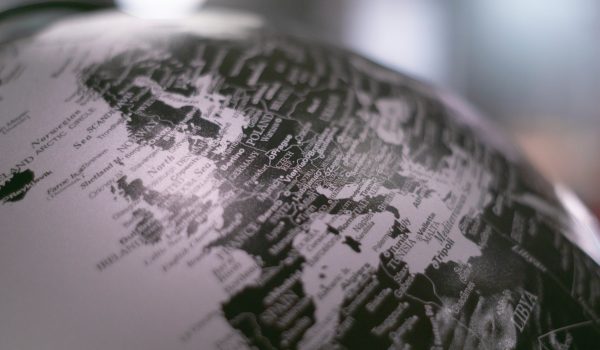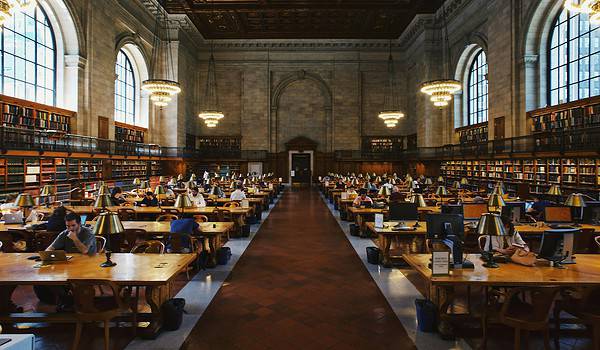Thailand can be seen in many different ways. For tourists it is the Land of Smiles. Lonely Planet, the largest travel guide describes it as a place that “radiates a golden hue from its glittering temples and tropical beaches to the ever-comforting Thai smile”. The government presents it as a highly homogenous nation where people share common language, culture and religious backgrounds. For the World Bank it is the success story of SouthEast Asia. Upgraded to a middle-income country it has demonstrated robust growth in the books of global development and poverty has been reduced from 58% in 1990 to about 13% in 2011. How much do these statements though represent what Thailand really is? Not at all, any citizen of this country would answer, from the one coming from the wealthy capital to the one in the poor north.
A country filled with contradictions, the reality of Thailand is by far opposing the stereotypes under which is usually labeled. Inequality is its main characteristic and it has been the biggest problem in the society of the Asian nation. Expressed in every possible aspect, economic benefits and social inclusion, in educational opportunities and cultural recognition, inequality is the insurmountable dividing force between the impoverished rural North and the fast-growing westernized South.

Thailand is the world’s second biggest exporter of rice and the biggest income comes from agriculture. At the same time the vast majorities of the 5.4 million classified as poor live in the rural areas and suffer from underdevelopment. Isaan stands as the most outstanding example. Isaan, the NorthEast region is inhabited by the Lao-Isan people, who share a culture and language closer to neighboring Laos and are seen by the inhabitants of the centralized capital, often from Chinese stock as second-class citizens. Despite the fact that it represents the one third of the Thai population and a third of the total geographical area, economic growth has not been the case here.
It is by far the poorest area generating just 8.9% of the country’s GDP. “It’s been so many years that there has been room for so many excuses for this highly centralized structure. There is a report by a well known economist stating that 78% percent of government expenditures remain in Bangkok” told me David Streckfuss, author of “Truth on Trial in Thailand: Defamation, Treason, and Lèse-Majesté” and director of Council on International Educational Exchange in Khon Kaen, Thailand.

This outcome occurred to a big extent due to policies of assimilation imposed during the 20th century known as Thaification. All residents were pushed to adapt the dominant central Thai identity that did not recognize the existence of cultural differences in ethnic groups on the edges of the nation.
Although many generations have passed since the advent of Siam in 1932 and the establishment of the centralized power, regional and cultural differences, even suppressed, remain unchallenged and residents of the wealthy capital still consider people form the North as less qualified. “The discrimination has been embedded in this society since the beginning of the modern Thailand. Actually there is a song sung by people at the 70s saying that people from Isaan don’t know how a pig looks, they think it’s a dog” Pai Jatupat, leader of the student’s activist student group Dao Din told me.

In September 2015 Prime Minister General Prayut Chan-o-cha talking at UN Summit to adopt the Post-2015 Development Agenda referred to inequality. He said that “especially about the vulnerable groups, we must improve on our statistics and disaggregated data so that they become visible and their needs are more precisely addressed in policy. At the same time, social recognition of such groups is also important. We have to build a society that is compassionate, respects humanity and embraces equality.”
That statement could stand as a first step to the recognition of inequalities within the state. On paper and on touristic brochures Thailand is a homogenous nation while the country’s economy is booming. In reality it is a divided nation with a vast population of unrecognized and marginalized ethnic groups that long for recognition and inclusion for more than 80 years.
Support us!
All your donations will be used to pay the magazine’s journalists and to support the ongoing costs of maintaining the site.
Share this post
Interested in co-operating with us?
We are open to co-operation from writers and businesses alike. You can reach us on our email at cooperations@youthtimemag.com/magazine@youthtimemag.com and we will get back to you as quick as we can.









